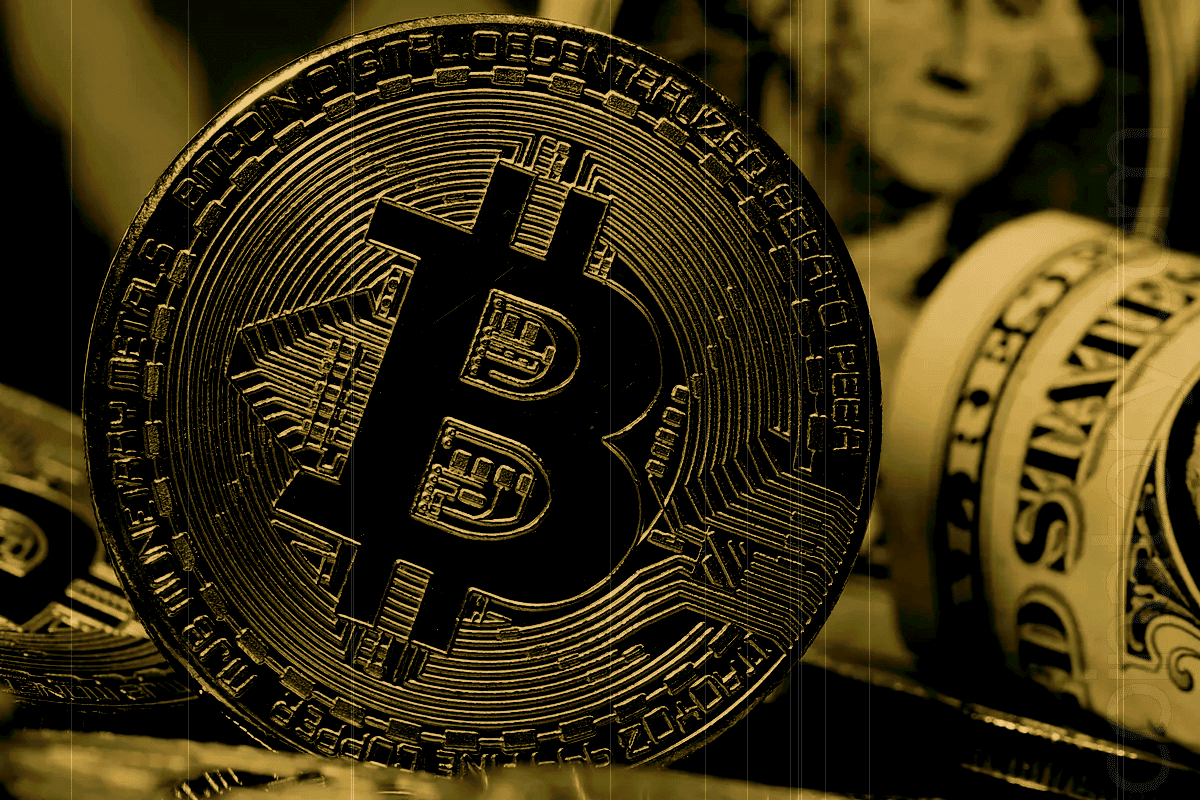
On May 19, 2025, Coinbase Global Inc. (NASDAQ: COIN) was officially added to the S&P 500, replacing Discover Financial Services following its acquisition by Capital One Financial. This milestone marks the first time a crypto-native company has met the index’s strict profitability, liquidity, and market capitalization standards — a signal of institutional acceptance for the broader crypto industry.
More than a corporate victory, Coinbase’s inclusion reflects the legitimization of digital assets in traditional investment portfolios. “This normalizes crypto exposure in conservative portfolios that might otherwise avoid digital assets,” said Meryem Habibi, Chief Revenue Officer at Bitpace. With approximately $10 trillion in assets passively tracking the S&P 500, even a 0.1% weighting could translate to an estimated $10 billion in capital inflows.
Institutional Integration and Infrastructure Convergence
Coinbase’s inclusion is part of a broader trend in which institutional players are increasingly integrating blockchain technologies. From JPMorgan’s Onyx platform to Nasdaq’s custody services and PayPal’s PYUSD stablecoin, financial incumbents are turning to decentralized infrastructure to enhance efficiency and settlement capabilities. As Habibi noted, crypto-native firms are evolving to resemble traditional financial institutions, while banks are adopting crypto technologies — signaling a phase of co-evolution rather than competition.
Security Risks Underscore Sector Vulnerabilities
The celebratory tone was dampened by a significant data breach at Coinbase, impacting over 69,000 users. The breach, which occurred between December 2024 and May 2025, involved unauthorized access to sensitive user data such as names, addresses, and partial Social Security numbers. Attackers reportedly demanded a $20 million ransom, which Coinbase refused to pay. The U.S. Department of Justice has launched an investigation into the incident. Coinbase emphasized that no passwords or private keys were compromised and confirmed its cooperation with federal authorities.
Will Other Crypto Firms Follow?
Despite Coinbase’s breakthrough, other crypto companies face high barriers to entry. Firms like MicroStrategy, Marathon Digital, and Riot Platforms boast significant market capitalizations but lack consistent earnings — a key requirement for S&P 500 inclusion. Analysts suggest it may take another two to three years before any additional crypto-native firms meet the necessary criteria.
For now, the more likely trajectory is for current S&P 500 members to expand into blockchain and crypto services rather than for startups to gain entry. The Coinbase precedent, however, sets the stage for eventual broader representation, as the crypto sector continues to mature and align with traditional financial norms.






